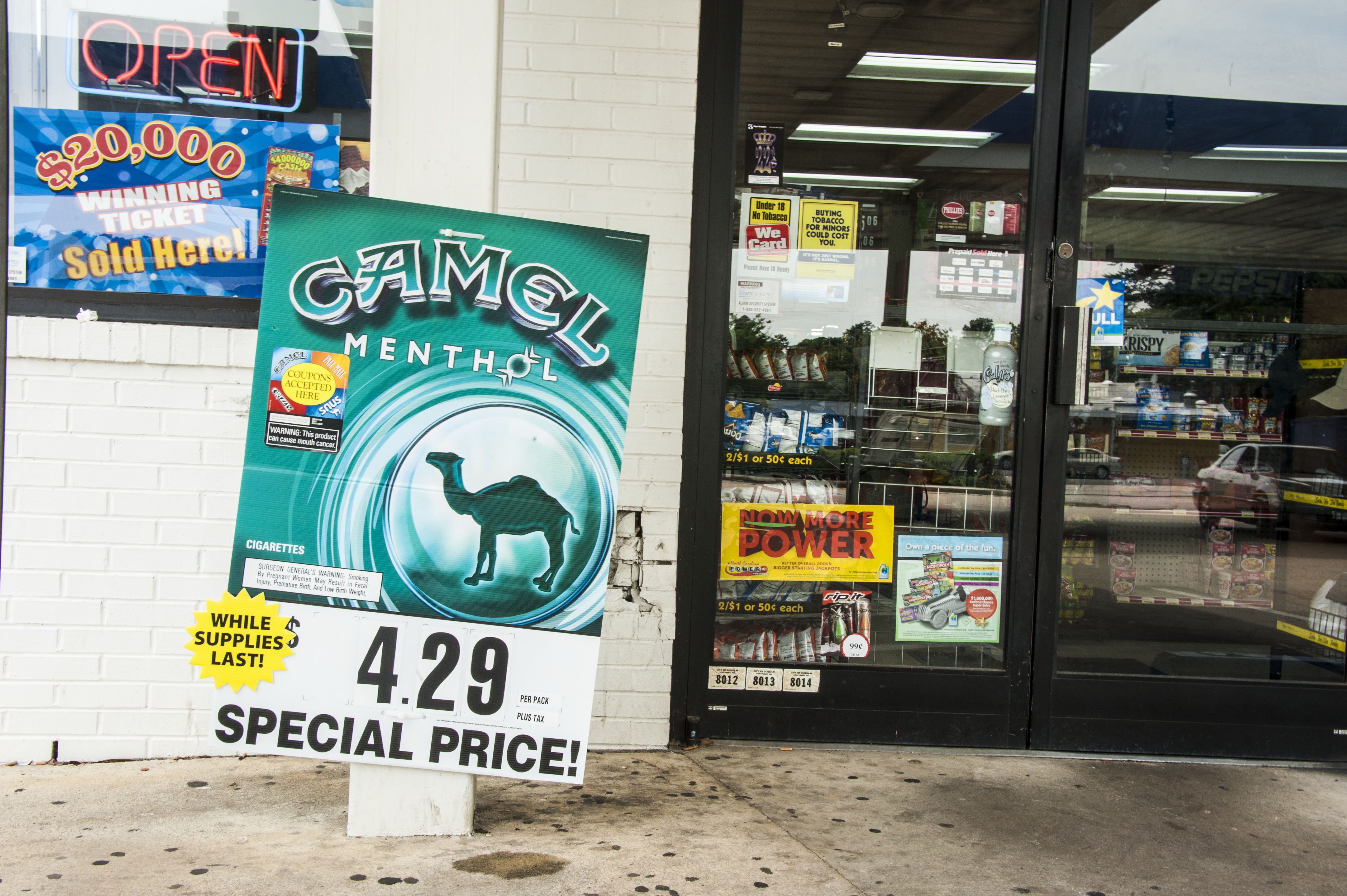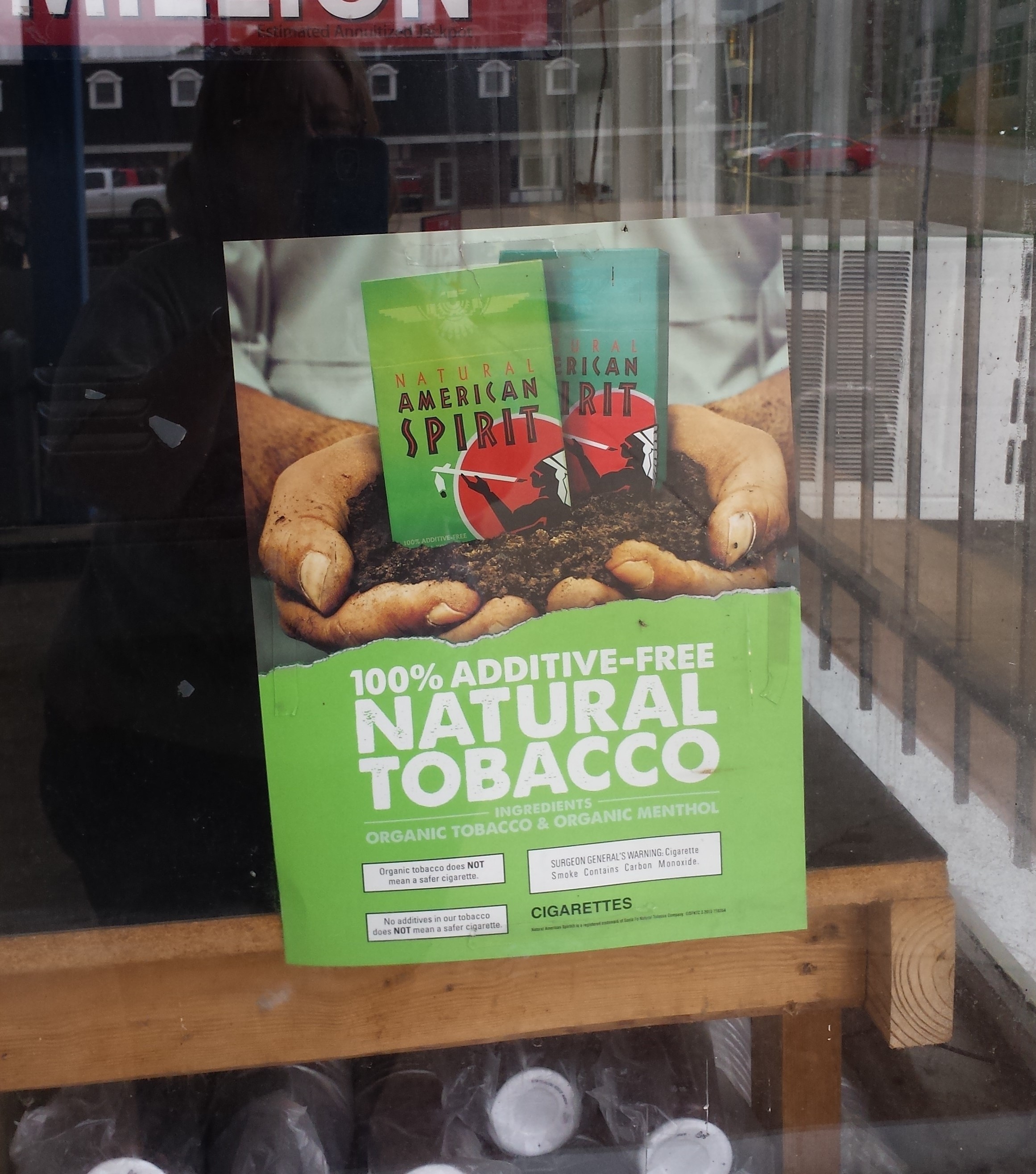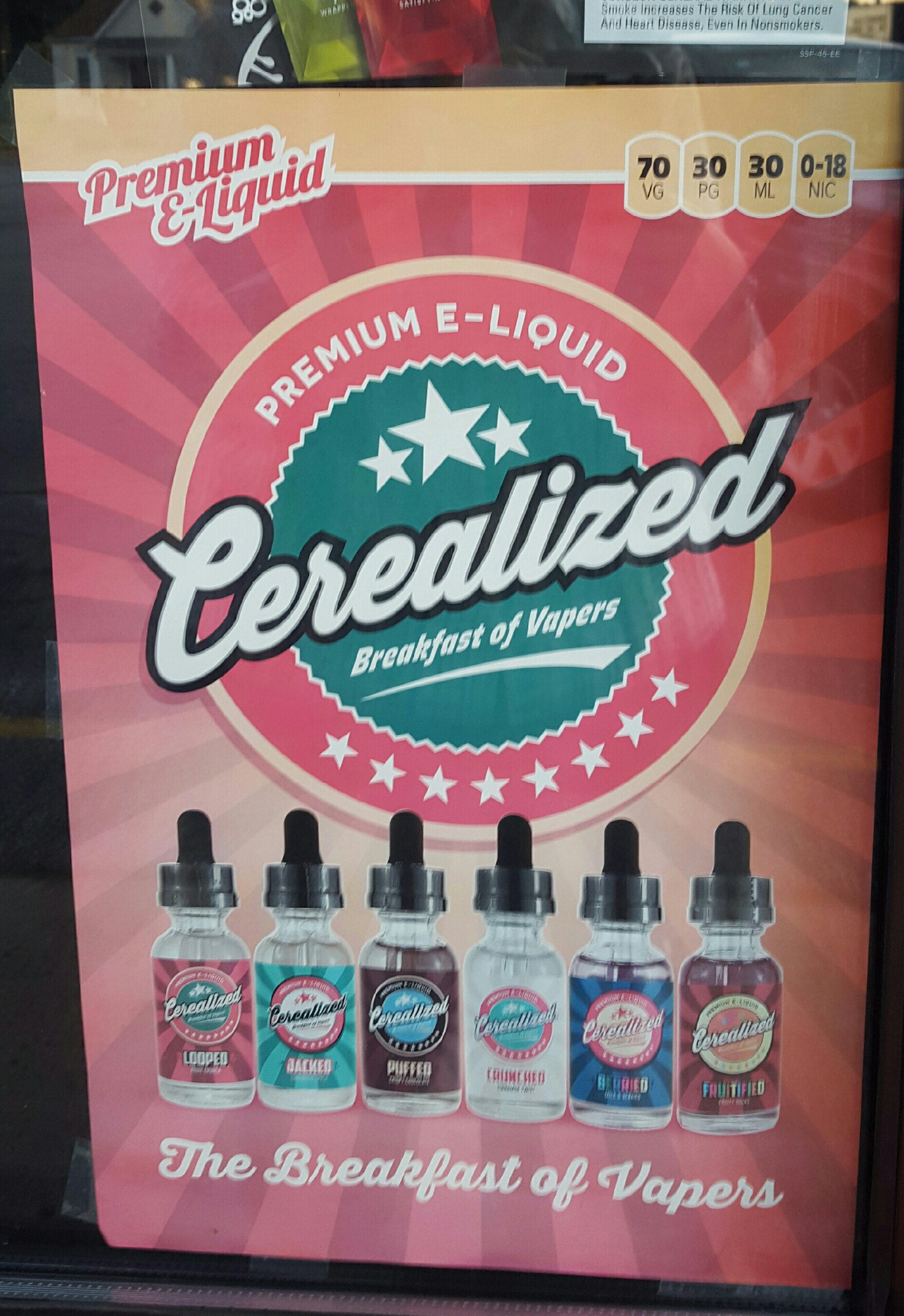Welcome to CounterTobacco.org’s “News and Research Roundup!” Each month we post a summary of the latest research, reports, and news stories on counteracting tobacco product sales and marketing at the point of sale (POS). Keeping up with what’s happening in the POS movement all across the country can help you choose policies and strategies that work best for your community. New research can help provide support for your work and evidence for the importance of the “War in the Store.” Have a story you don’t want us to miss? E-mail it to us!
New Research
- Tobacco Product Use Among Adults – United States, 2015, CDC Morbidity and Mortality Weekly Report
- According to data from the National Health Interview Survey, in 2015, 20.1% of US adults used tobacco products daily, 15.1% used cigarettes, and 17.6% used any kind of combustible tobacco product. However, disparities in tobacco use rates continue, with higher rates among those with lower levels of income or education, those living with disabilities or serious psychological distress, as well as among those who identify as LGB and among various racial/ethnic groups (with the highest rates among non-Hispanic AI/AN at 26.6%).
- Tobacco Use Among Working Adults – United States, 2014-2016, CDC Morbidity and Mortality Weekly Report
- According to data from the National Health Interview Survey, rates of tobacco use differ by industry and occupation. From 2014-2016, the lowest rates of use were found among those in the education services industry (11%) and in life, physical, and social science occupations, while the highest rates of use were found among those in the construction industry (34.3%) and those in installation, maintenance, and repair occupations.
- News story: CDC: 1 in 5 U.S. Workers Use Tobacco Products, MedPage Today
- The Association of Menthol Cigarette Use With Quit Attempts, Successful Cessation, and Intention to Quit Across Racial/Ethnic Groups in the United States, Nicotine & Tobacco Research

- This study, which analyzed survey data from 54,448 active smokers (current smokers or former smokers who quit less than 12 months ago) found that African-Americans who smoked menthol cigarettes had higher odds of quit attempts than African-American non-menthol smokers and higher odds of quit attempts than non-African-American, non-menthol smokers. However, despite more quit attempts, they did not have any higher odds of successful cessation. Researchers suggest that interventions targeting African-American smokers may help reduce this disparity, including local sales restrictions, policies that restrict price discounting, and policies that restrict the time, place, and/or manner of menthol tobacco advertising. Learn more about menthol tobacco products.
- Should the Legal Age for Tobacco be Raised? Results From a National Sample of Adolescents, Preventing Chronic Disease
- A national telephone survey of 1,125 US adolescents aged 13-17 years conducted from November 2014 through June 2015 found that 76.4% supported raising the minimum age of legal access to tobacco products to 21. In addition, 75.7% supported raising the age to 19, and 80.6% supported raising the age to 20. These results show that adolescents, who would most affected by a policy raising the legal age, consistently support the policy. Even among adolescents classified as susceptible to future smoking, more than half supporting raising the age. Learn more about Tobacco 21.
- Recall of Point-of-Sale Marketing Predicts Cigar and E-Cigarette Use among Texas Youth, Nicotine & Tobacco Research
- Data from the Texas Adolescent Tobacco Advertising and Marketing Surveillance System show that of 6th, 8th, and 10th graders who reported visiting a store near their school in the past month, over half noticed seeing tobacco advertisements or displays. Students who recalled seeing displays of e-cigarettes had increased susceptibility to e-cigarette use six months and those who recalled seeing signs marketing e-cigarettes had increases in susceptibility for e-cigarettes use and were more likely to report ever-use six months later. Those who noticed marketing of cigars and displays of cigars were more likely to use or have tried cigars six months later.

- Data from the Texas Adolescent Tobacco Advertising and Marketing Surveillance System show that of 6th, 8th, and 10th graders who reported visiting a store near their school in the past month, over half noticed seeing tobacco advertisements or displays. Students who recalled seeing displays of e-cigarettes had increased susceptibility to e-cigarette use six months and those who recalled seeing signs marketing e-cigarettes had increases in susceptibility for e-cigarettes use and were more likely to report ever-use six months later. Those who noticed marketing of cigars and displays of cigars were more likely to use or have tried cigars six months later.
- Influence of Natural American Spirit advertising on current and former smokers’ perceptions and intentions, Tobacco Control
- This study used content analysis, focus groups, and surveys to examine the effects of exposure to advertisements for Native American Spirit cigarettes. Exposure to advertisements led to inaccurate beliefs about the health effects and safety of using the products and more positive attitudes towards the products. Through this pathway, exposure to misleading claims about health, safety, and the composition of the cigarettes lead to increased intentions to use the cigarettes.
E-cigarettes
- E-Cigarette Use Causes a Unique Innate Immune Response in the Lung Involving Neutrophilic Activation and Altered Mucin Secretion, American Journal of Respiratory and Critical Care Medicine
- News story: E-cigarettes may trigger unique and potentially damaging immune responses, Medical Xpress
- Generally Recognized as Safe: Uncertainty Surrounding E-Cigarette Flavoring Safety, International Journal of Environmental Research and Public Health

- The impact of flavor, device type and warning messages on youth preferences for electronic nicotine delivery systems: evidence from an online discrete choice experiment, Tobacco Control
- This online experiment assessing 515 youth ages 14-17 found that when presented with nine sets of two alternative ENDS products, participants were more likely to choose ENDS products that were fruit, sweet, or beverage flavored. Flavor had a bigger impact on which ENDS product participants chose than device type or warning messages. Participants who had never used ENDS were more likely to choose a menthol flavored product than a tobacco flavored product, more likely to choose a modifiable vaping device than a cigarette-like device, and less likely to choose an ENDS product with a warning message. Researchers suggest that restricting fruit/sweets/beverage flavors in ENDS, regulating device type, and adopting strong health warning messages may reduce the uptake of ENDS among youth.
- Learn more about e-cigarettes at the point of sale.
New Reports
- Federal Trade Commission Cigarette Report for 2015
- Federal Trade Commission Smokeless Report for 2015
Industry News

- Will U.S. Consumers Embrace Heat-Not-Burn Tobacco, NACS Online
- Reynolds pursues another restart with revamped heat-not-burn cigarette Eclipse, Winston-Salem Journal
- Altria Profits From Higher Prices Even as Smoking Rates Drop, Bloomberg
- Marlboro Brand Hurt by California’s Cigarette Tax Increase, Altria Says, Wall Street Journal
- 4 Insights Into a Low-Nicotine Future, CSP Daily News
- 22nd Century Hires Former Reynolds American Vice President, Business Wire
- Altria, Anticipating FDA Rule, Is Developing Reduced-Nicotine Cigarettes, Fox Business
- Altria picks up pace on FDA applications for innovative tobacco products, Winston-Salem Journal
- Philip Morris outlines its plan for IQOS’ introduction in the US, CNBC
- Juul surpasses Vuse in electronic-cigarette sales, Winston-Salem Journal
POS Policy in the Media
- Albany tobacco retailing under spotlight on Great American Smokeout, Albany Times Union
- ‘Tobacco Nation’ Left Behind, US News & World Report
- The future of convenience stores: fewer smokes; more healthy food, upscale jerky, The Morning Call
- Proposed Elk Grove Village tobacco sales ban is stamped out, Chicago Tribune
- Aspen voters overwhelmingly approve $3 tax on pack of cigarettes, Aspen Times
- Bill would move E-cigarettes, flavored cigars behind store counters, Superior Telegram
- State Launches Anti-Tobacco Campaign After Youth Use Rises, WXPR
- Tobacco industry’s corrective statements are major milestone in battle to end smoking, The Oklahomian
Tobacco Retailer Licensing
- Deschutes County considering tobacco retail license, The Bend Bulletin
- City of Renville moves own tobacco ordinance forward, West Central Tribune
- EPD proposes change to tobacco ordinance, Edwardsville Intelligencer
- County finalizes plans for tobacco retail licenses, Herald and News
Tobacco 21
- Bloomington City Council Votes to Raise Minimum Age to Buy Tobacco, CBS Minnesota
- Massachusetts youth activists support raising tobacco age of sale to 21, Boston Globe
- San Antonio working to ban tobacco sales to those under 21, KSAT
Display of flavored little cigars – at eye level and within easy reach of youth. - Onondago County may soon increase the age to buy tobacco products, WSYR
Menthol and other Flavored Tobacco Products
- St. Paul restricts menthol tobacco sales, Star Tribune
- Oroville City Council bans sale of flavored tobacco products, Oroville Mercury Register
- Philly’s No. 1 killer isn’t guns or opioids – but it can be stopped | Commentary, Philadelphia Inquirer
- Menthol tobacco products targeted in Duluth, Bemidji Pioneer
- FDA Chief: Menthol, Tobacco Flavors Could Do ‘Both Harm and Good,” Wall Street Journal
- E-Cigarette Flavors – Should They Be Banned?, National Law Review
Find more stories in last month’s News and Research Roundup.
Know of a story that we missed? Email us, and we’ll be sure to include it in next month’s roundup!


